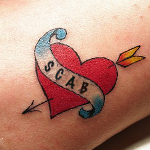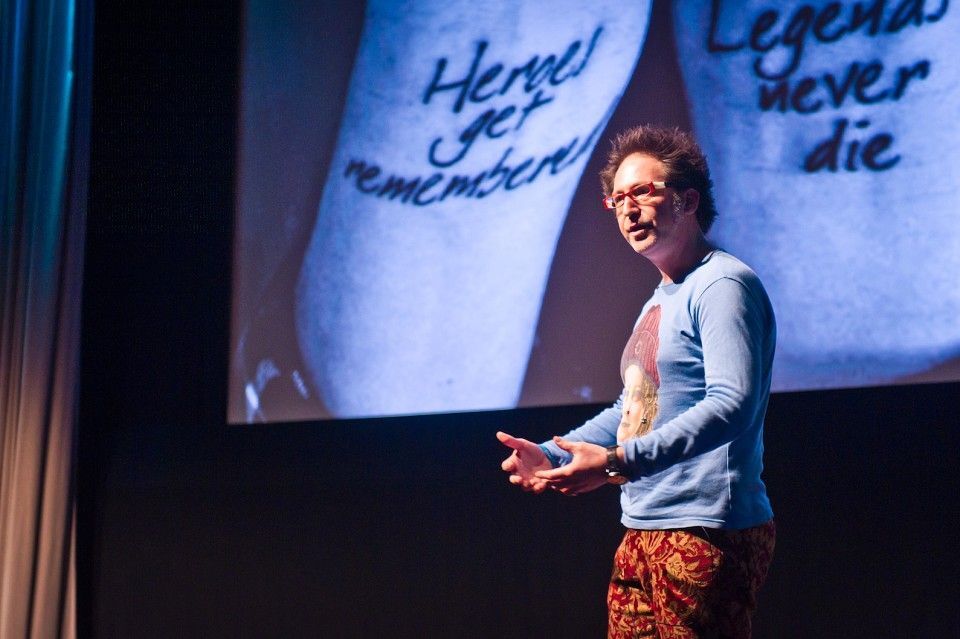
Design is Lego!?
The world is a chaotic pile of Lego, but @ian_hands’ logical mind sees the order and stacks it up. While this is clearly a superpower, Ian “I’ll always see mistakes in your work” Hands sees imperfections everywhere. Take this Lego campaign for example; most of us see award-winning, ‘SUCCES’ful posters we wish we’d made. Ian sees a “car crash”.

When he broke it down, we couldn’t unsee the visual mishaps which could easily have been combatted with Ian’s secret weapons: templates and grids. He showed us how every design can be split into blocks like Lego; if the elements line up with the grid, everything is awesome. In this case, it’s not. When the page is neatly divided (and subdivided) into a grid, the Lego logo looks too small, the image is oddly placed and white (or in this case green) space is superfluous. Ian showed us how he would have art directed the posters; with a few tweaks and a toggled-off grid, the poster looked pixel perfect. If Jurassic Park has taught us anything, a T-Rex looks much better securely locked behind a grid of bars.

If used properly, grids can be as comforting and creative as the Lego we loved as children*; grids show us how close elements are to edges; they allow balanced iterations; they can be controlled by arrow keys. The same logic applies to the rhythm and spacing of typography, but this is a masterclass for another day. According to Ian, grids don’t limit us – they set us free. Paul Belford’s Red Bull Infiniti double page spread showed us how to play creatively with the Lego blocks of design. A tight grid structure like this allows room to zoom something off the grid, forcing our order-seeking eyes to pay attention.
Less fundamental to Ian’s building blocks of fun is Adobe Photoshop, or as he likes to call it, Potato shop. Ever tried balancing a root vegetable on your perfectly aligned interlocking Lego blocks? Me neither. Ian recommends sticking to Illustrator because Photoshop doesn’t ’snap to grid’ in the same way or save grid settings: it’s “just a collage”.
Ian also warned against the perils of displaying our work in a way that negates it. While mockups we find online can simulate our creations in situ, most are too distracting from the design itself. Likewise, changing the layout of multiple posters on a page can draw attention to them in the right way. Or it could be more ‘creative block’ than ‘block party’, as painful on the eyes as Lego underfoot.
Walking on Lego has been proven more painful than glass, but Ian’s Lego system makes design layouts less painful – as long as you use his beloved templates. Many of us Cymbals have only been clumsily crafting work for a month, but with help from capable Hands, it’s all starting to click into place. I’m sure there are plenty of great craft mentors on the block, but I like being pushed towards perfection by Ian’s logical approach which echoes the Lego motto: only the best is good enough.
*definitely not anymore…
Rose Power
@rosepower











